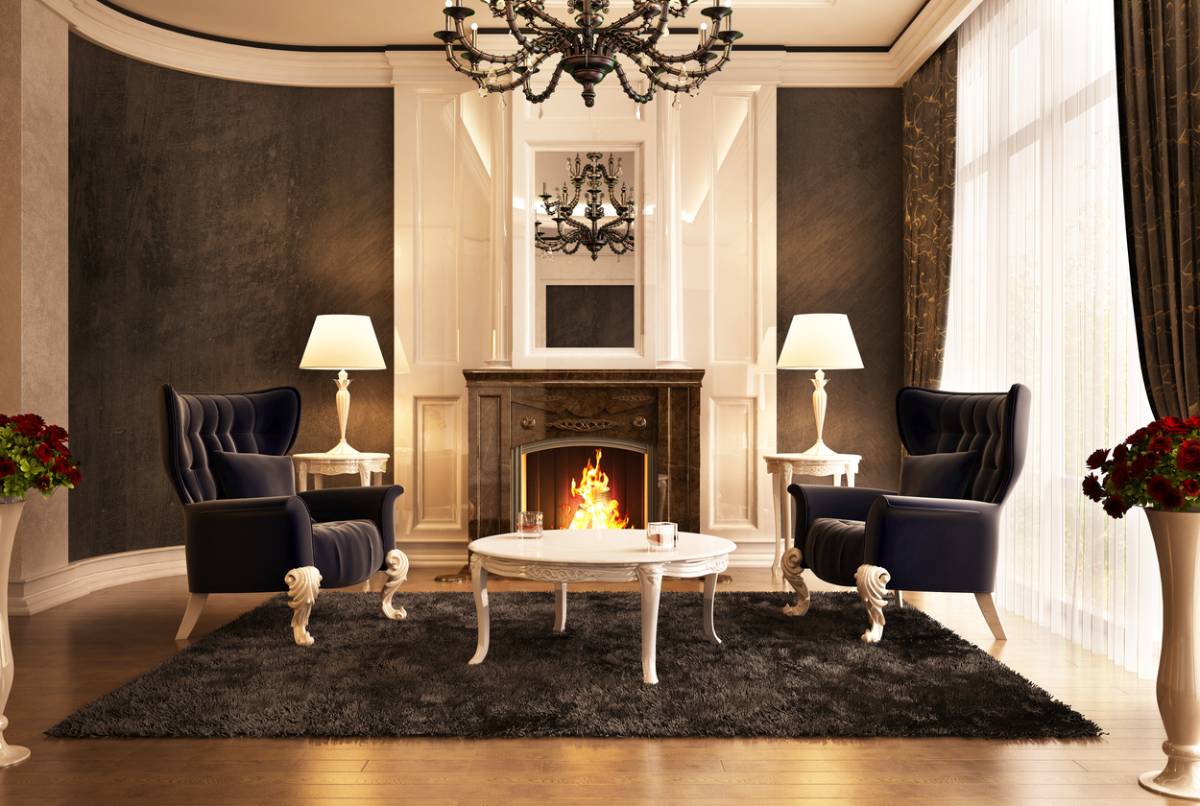Choosing a decor for your kitchen and home can be exciting, yet overwhelming. You want your personal taste to shine through in an elegant way. There are a number of decor styles to choose from. The most common include class vs traditional interior design. This is because they both provide excellent roadmaps to help you achieve your desired look. Additionally, you can also add your personal flair to each to make it your own. Below you will find the similarities and differences between the two to help you choose which design style is right for you. Let’s look at classic vs traditional interior design.
Classic vs Traditional Interior Design
Classic and traditional design options are timeless and can easily be updated without having to make major changes in the future. Each has unique similarities and differences that can help you determine which style is right for you.
Similarities Between Classic And Traditional Design Styles
When examining classic and traditional design styles, there are a number of similarities. The most common similarity is that they are both influenced by neoclassical design. Roman and Grecian architecture and design are prevalent in both design styles. This includes the emphasis on rectangular shapes, ornate motifs, and even the use of columns. Consider the following similarities that connect both classic and traditional design.
Shapes:
Both styles include the use of rectangular shapes and columns. In fact, these are key aspects of the two styles. In modern homes, this can be found in chairs, tables, and other furniture. Columns can also be used both outside and inside the homes. Sometimes columns can be used as decorative or functional. A common functional use of columns includes using them to separate rooms without disrupting the flow of the home.
Dark Wood:
Both styles evoke a classic, rich experience. This is achieved by a number of factors, including the use of dark wood tones. This can be found in the furniture, flooring, and cabinetry. In fact, many opt for traditional and stylish cabinets as they can help achieve your aesthetic goals in the kitchen.
Neutral Color Palette:
Dark wood tones can add a richness to both styles. This is why the rest of the space will include a neutral color palette. This provides balance in both styles without being over the top. This can often be seen in the accents, upholstery fabrics, and even the paint colors used.
Differences Between Classic And Traditional Design Styles
Classic and traditional design styles have a number of similarities. However, they are also uniquely different. Consider the following differences if you are on the fence between the two design styles.
- Sense of Style: Each design has its own unique sense of style. Classic design is seen as more refined and often an upper-class type of elegance. On the other hand, traditional design is seen as timeless and more adaptable to everyday living.
- Details: The use of details differs between the two design styles. Classic design often has more intricate details. This can be used strategically to draw attention to certain areas, while being able to distract from more plain areas. Traditional design does not have the ornate details as an integral part of the design, as it is characterized by simplicity.
- Accent Colors: Both styles incorporate neutral color palettes. Classical design is often strictly neutral in terms of the color palette. However, traditional design includes neutral colors in addition to some rich colors. Traditional design often incorporates rich colors, such as red, blue, or green to add a pop of color into the space.
Cabinetry in New York
If you are upgrading your space to classic or traditional design, consider LEICHT. They are the top source for modular cabinets in New York. They also have cabinets to fit your unique design needs. Check out their website today for more information!
